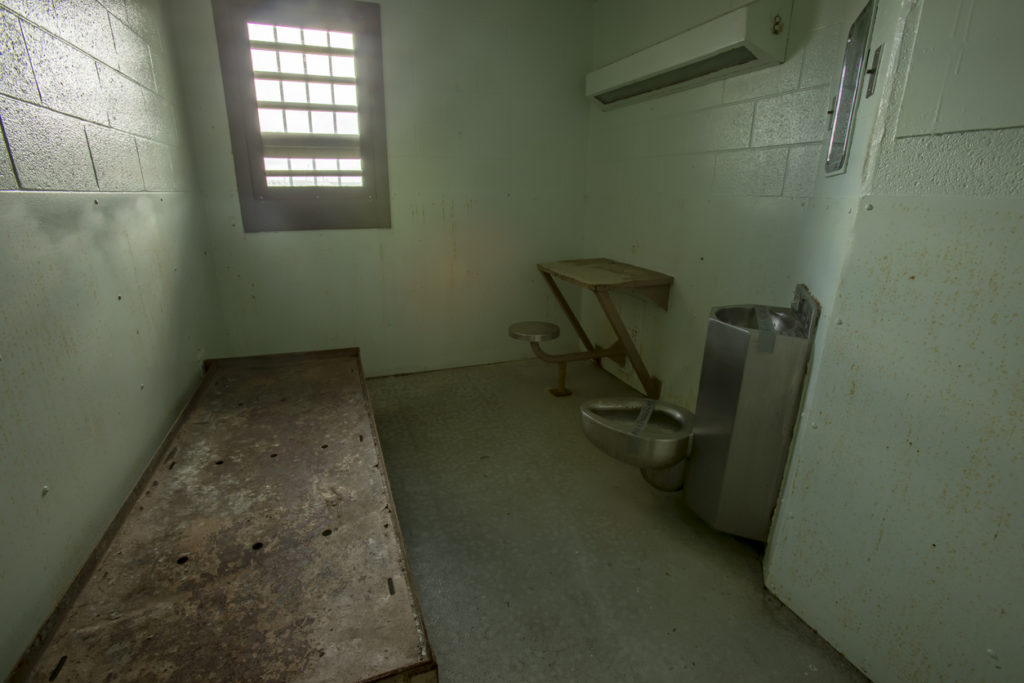
In Wichita Falls, Texas, on September 13, 2021, Cedric Leon Hardesty died at the age of 57 while he was in the custody of the Wichita County Jail. Mr. Hardesty was found in his cell without a pulse. The custodial death is being investigated by the Texas Rangers, which is standard procedure.
The Texas Commission on Jail Standards (TCJS) has approved restraint chairs for use in Texas county jails. Many jurisdictions throughout the US have outlawed the use of these restrictive devices. Research shows that the chairs place individuals at risk, including evidence that the individuals in the chairs are subject to the potential of being abused. More about the known dangers of restraint chairs follows.
Hazards Associated with Restraint Chairs
According to a watchdog group, restraint chairs were associated with 20 deaths in US jails in recent times. However, when an inmate is experiencing a mental crisis or behaving in a manner that could cause harm to himself or others, placing him in a restraint chair can help ensure that no one is hurt. Although they can be helpful, there are known risks to using these restrictive devices. The following is an example.
- An inmate in a county jail outside of Texas had been placed in a restraint chair for 16 hours. It has been concluded that a blood clot formed in the man’s lungs as a direct result of the forced inactivity in the chair. The man died and, afterward, lawmakers in that state banned the use of restraint chairs.
See Part 1 and this ongoing series.
There is no intention on this website to infer wrongdoing on the part of individuals or institutions. This site provides posts with the aim of helping current and former prisoners incarcerated in county jails in Texas.
–Guest Contributor



